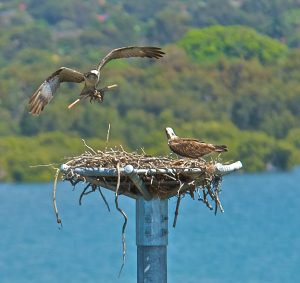Welcome to our fifth edition of the Atlas of Living Australia (ALA) Newsletter. Here we strive to keep you updated on our activities, highlight stories from our data providers and users, as well as keep you informed of any changes and updates to our infrastructure.
We’re just back from the Ecological Society of Australia (ESA) conference in Brisbane. It was excellent to see the scope of work done by the research community and to see ALA data being used in such a variety of ways, from biodiversity and conservation management, to understanding evolutionary biology and Indigenous Ecological Knowledge.
All data in the ALA is provided by a network of partners and collaborators, and the outcomes of research that we see at conferences such as ESA result from the hard work and effort of our data providers – the collection owners, research facilities and government departments that share their data. You can find more information in our article ALA’s Data Providers.
Also in our December newsletter, we feature a story from Michael Kearney on species traits and how they can be used to better understand physiological resilience and interaction with climate. This is particularly relevant as the ALA has been busy upgrading its engine to handle the increasing breadth and richness of biodiversity data including traits, genomics and multimedia.
At the ALA, we recognise that new and emerging research requires integrated and connected environment data. Researchers are asking more complex questions such as; understanding the effect of urbanised environments on species richness and abundance, how ecosystems deliver services to agriculture or the effects of changing environments. We continue to work with other National Collaborative Research Infrastructure Strategy (NCRIS) funded facilities such as the Terrestrial Ecosystem Research Network (TERN), the Australian Research Data Commons (ARDC), and Biodiversity Climate Change Virtual Laboratory (BCCVL) to ensure data is connected, integrated and easily available for research and decision making.

An example of this is the Monitoring Coastal Raptor Nests in Redland City Council study where ALA and TERN data was fed into BCCVL modelling tools to create species distribution models for each raptor species.
I hope you enjoy reading our newsletter and that you have a happy and safe break away from busy work schedules over the holiday period.
Best wishes for the 2019 New Year,
Hamish Holewa